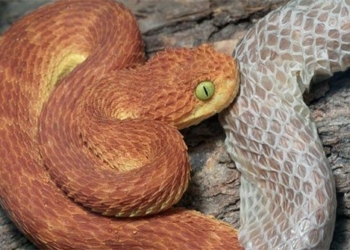Let’s simplify our understanding of mosquitoes, particularly the striped ones, and flies… Why do these bloodsucking creatures exist, and what significance do they hold? From various perspectives, it seems that most of these bloodsucking animals transmit diseases and cause harm to many other animal species.
The evolution of blood-feeding insects began in the early Triassic-Jurassic period. During this time, groups of fly and mosquito species began to thrive. In the Triassic period, mosquitoes began to evolve into the Culicinae and Anopheles subfamilies, and by the Jurassic period, Anopheles and Aedes mosquitoes diversified. Additionally, blood-sucking insects also developed during this time.
There are two main hypotheses regarding the evolution of blood-feeding insects: the plant-eating hypothesis and the scavenging hypothesis.
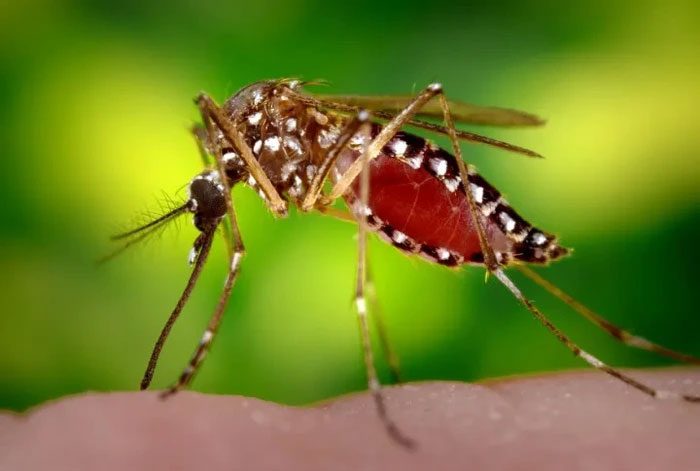
Almost all of us have been bitten by mosquitoes at some point in our lives. They cause itching, discomfort, skin irritation, and most dangerously, they can transmit infectious diseases that can lead to swift fatality.
The plant-eating hypothesis corresponds to mosquitoes. Initially, mosquitoes fed on plants, but starting from the Jurassic period, with the emergence and evolution of angiosperms, a revolution on land began with the appearance of warm-blooded mammals, dinosaurs, and birds. Some mosquito species, after inadvertently obtaining nourishment from blood, began to shift towards blood-feeding.
It is generally accepted that blood parasites in arthropods increased at least sixfold during the Jurassic and Cretaceous periods. They extract blood through a proboscis—an organ originally developed for sucking plant sap; this needle-like structure also serves as an effective tool for mosquitoes to adapt to blood-feeding.
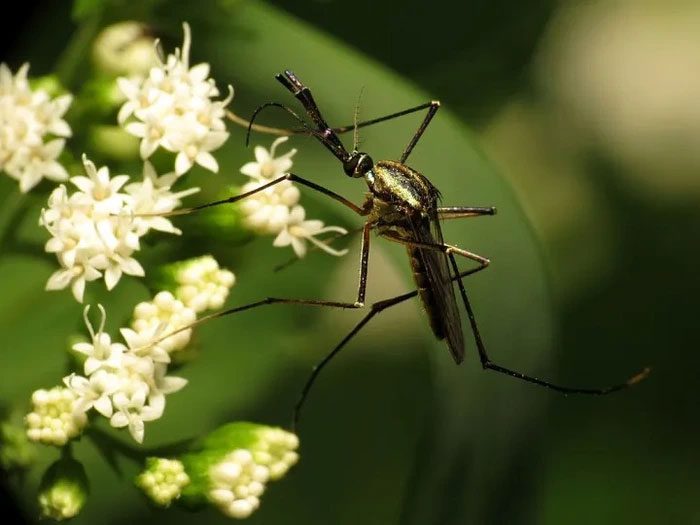
Every year, mosquito bites lead to the deaths of approximately 1 million people worldwide. The number of fatalities due to mosquito bites surpasses the populations of large cities such as Detroit or Geneva. Many survivors, however, suffer from severe long-term complications.
During the Mesozoic era, insects began to approach vertebrates, possibly because they fed on fruits and young leaves of trees alongside these animals, or because insects were attracted to fruits and seeds contained within the nests of vertebrates.
This allowed insects to inadvertently come into contact with and consume blood flowing from wounds, subsequently evolving to intentionally open wounds; over time, the mouthparts of these insects continued to develop, enabling them to remove scales from wounds, open old wounds, and ultimately, to penetrate the skin, making these wounds more difficult to clot.
Clearly, the blood of vertebrates is more nutritionally valuable and easier to digest than plant sap, as evidenced by Aedes mosquitoes thriving and reproducing more successfully than sapsucking mosquitoes.
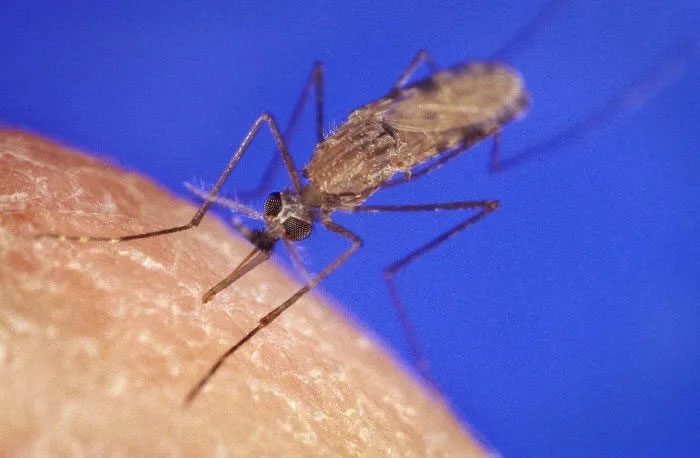
Mosquitoes are the most dangerous insects in the world. A single mosquito can infect over 100 different victims.
The process of transitioning from sap-feeding to blood-feeding still exists in modern times. A prime example is the Spodoptera moth, which belongs to the Noctuidae family and has a sharpened proboscis. This proboscis is used by most nocturnal species to penetrate the outer skin of fruits, but the Spodoptera moth uses it to pierce the skin of vertebrates to suck blood.
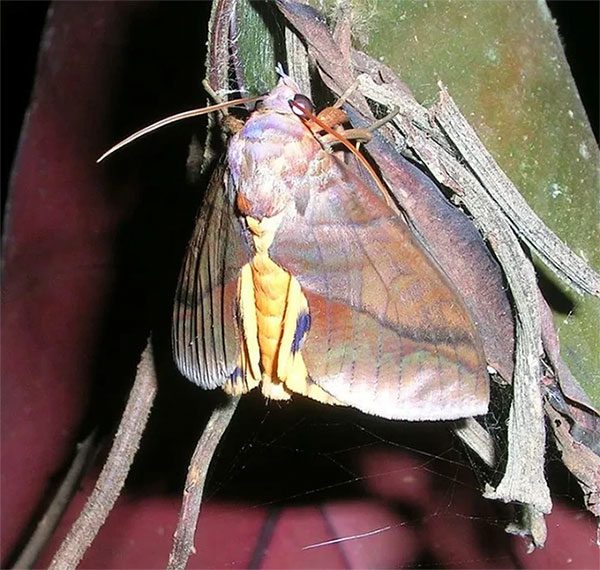
The Spodoptera moth has a body length of about 20-25mm, with a wingspan ranging from 35-45mm. This moth can live on average from 1-2 weeks depending on food conditions. On average, a female moth can lay 300 eggs, but under suitable conditions, they can lay from 900 to 2000 eggs.
The scavenging hypothesis corresponds to other insect species that lack specialized piercing mouthparts. These insects cannot directly suck blood but have evolved into blood-feeding insects indirectly through prolonged coexistence with vertebrates.
The nests of vertebrates likely attract insects due to the moist, warm environment that is highly beneficial for the vast majority of insects. Furthermore, the abundant food supply in vertebrate nests may also be a reason for their attraction to insects.
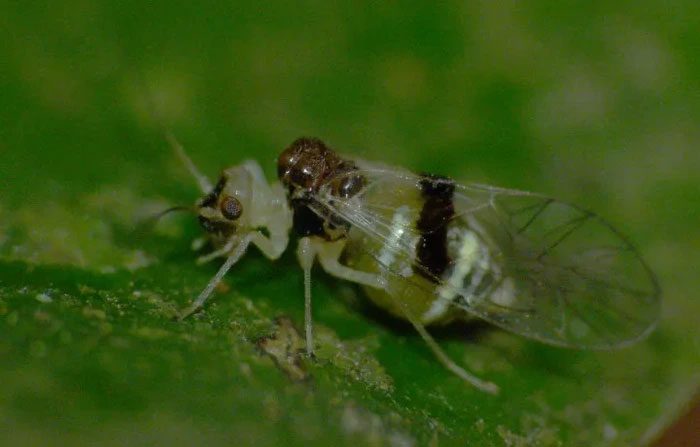
Psocoptera is an order of insects that first appeared in the Permian period around 295–248 million years ago. They are considered the most primitive within the paraneopteran group. Their name derives from the Greek ψῶχος, psokos meaning gnawed or rubbed and πτερά, ptera meaning wings.
Initially, these insects fed on feces, fungi, and inadvertently consumed organic debris such as skin fragments or leftovers in nests. Over time, this led to the development of their ability to digest organic debris, and they also began to feed directly from the host’s body.
Simultaneous morphological and behavioral adaptations allowed these insects to develop specialized mouthparts. Although these mouthparts are not used like the proboscis of mosquitoes, they can be used to penetrate the dermis to feed on the host’s blood. The evolution from scavenging to blood-feeding was first observed in members of the subfamily of poultry lice.
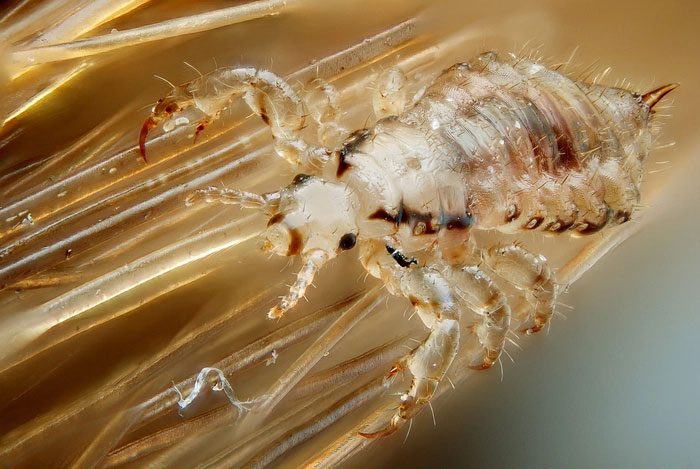
Blood-sucking lice rely entirely on blood, particularly the species Cimex lectularius (common bedbug), which is the most famous for its preference for human blood.









































